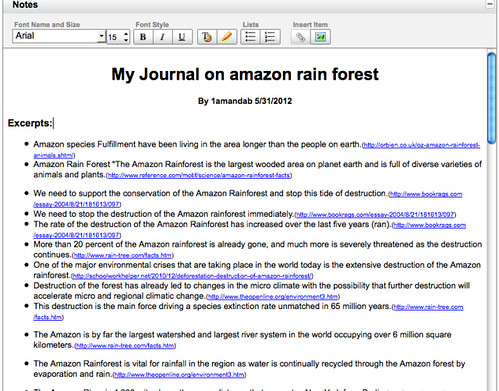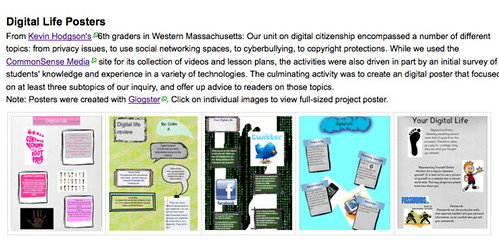And so ends The Hunger Games series. (or at least, until the movies keep rolling out). I finished up Mockingjay by Suzanne Collins in a marathon reading session the other day, inspired by the face pace of the action and also a desire to be, well, done with the series. Overall, I very much enjoyed the political intrigue, the twists and turns of the plot, and the narrative voice of a conflicted Katniss Everdeen. There’s rarely a dull moment in the series, which makes it a great adventure story … for older readers.
I could not shake off the anxiety that so many of my sixth graders have read this series. More than the other two, Mockingjay is incredibly violent — a firebombing of little children, skin falling of bones, heads being gnawed off by “mutts,” and too many graphic scenes to really relay here. I’m not a prude when it comes to using violence in stories I read, and the violence is part of the narrative landscape of these books, but I don’t think it is appropriate reading for 11 and 12 year olds. (Of course, if you have read other Collins’ novels, you know this is the norm for her — she uses violence to make a larger point, and couches its use through the act of resistance or outrage by her protagonists.)
The other day, I was chatting with one of my students. She has read all of the books and most of the ancillary “resource” books that have come on the tail of the movie’s success. The parody book has been in her hands for a few days now (The Hunger Pains). She’s a thoughtful, quiet student. I told her I was halfway through the third book and liked it better than the second book (Catching Fire), and she nodded but disagreed with my assessment.
“I didn’t like that one (Mockingjay) nearly as much as the others.”
“Why not?”
“It was all about war, and not about the games.”
What I didn’t say was, that was the point, right? The games are a version of war, just sanctioned by the Panem state. But I think the focus of the rebel attacks on the Capitol is what she was referring to. It’s incredibly brutal reading, even painful at times.
So, in the end, I am not sure what to make of my Hunger Games experience. I am glad I read the series, considering how many of my students are or have read all three books (including a book club sponsored by our librarian), and I did enjoy the story as an adult reader. But I am thinking now of the book campaign by Scholastic around The Hunger Games, and how much of the spring, the book club fliers features the trilogy. Now that I have read the books and taken in the violence, I wonder about my role as a teacher in handing out those fliers and encouraging my students to read the trilogy. I guess we trust Scholastic a bit too much to determine appropriate audience for the books in the fliers. Or am I being too much of a prude?
I feel conflicted right now.
Peace (in the game that is more than a game),
Kevin















